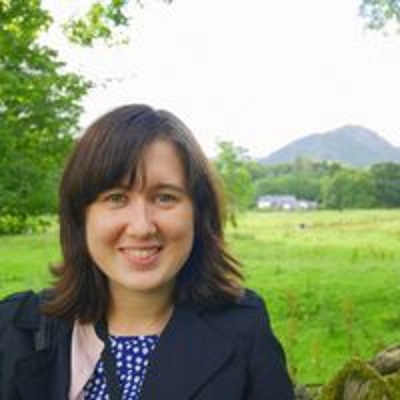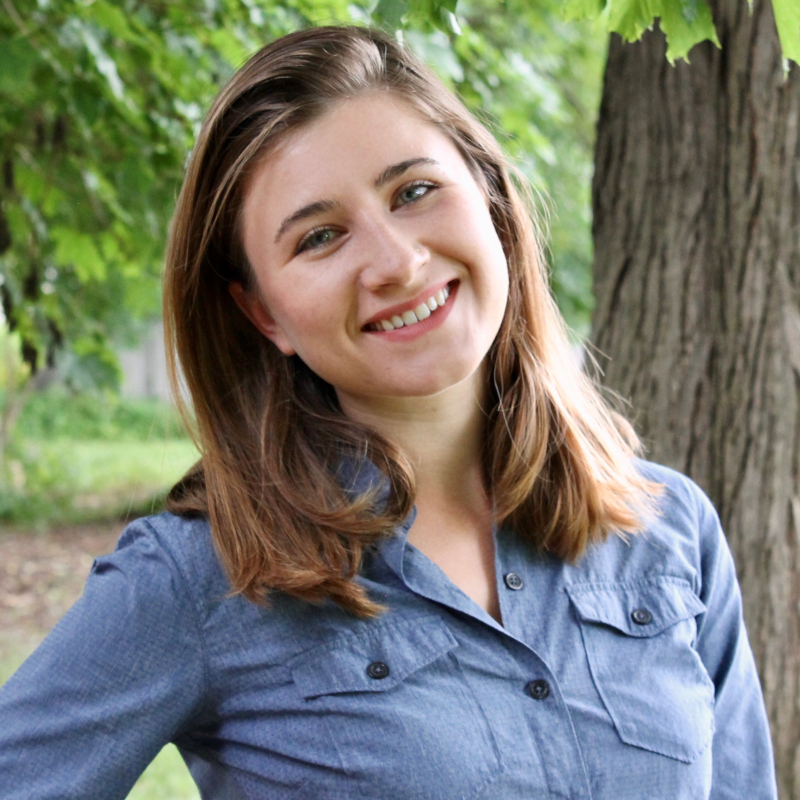It’s the final countdown to the end of this year’s Royal Society Publishing Photography Competition. If you have yet to enter, let some of our previous winners tell you what makes an image good enough to win.

We can hardly believe it, but the Royal Society Publishing Photography Competition is almost over for another year and our judges will soon be deciding their winners. There is still time to submit, however, and two of our previous winners, Bert Willaert and Petr Horálek, have kindly offered their thoughts on why you should enter and how to take a good photo.
Tell us about yourself and your research
Bert Willaert, our 2015 winner: I am a biologist living in Belgium. I am no longer involved in academic research and I now work as a policy officer for the Province of East Flanders on topics concerning nature and conservation. I also still spend time photographing wildlife.
Petr Horálek, our 2018 winner: I was born in Pardubice City and achieved a degree in Astrophysics at Masaryk University, Brno, and the Institute of Physics in Opava in 2011 and 2022 respectively. I mainly focus on the outreach of astronomy via the Silesian University of Opava, but I am also an astrophotographer. With advanced astrophotography methods, I mostly participate in revealing structures of dim phenomena (airglow, solar corona, structures in comet's tails, the red sprites...) and also I was lucky to photograph the impact of an asteroid on the Moon during the January 2019 lunar eclipse (Astronomy Picture of the Day).
What does your winning photo show?
Bert: The picture shows a swarm of tadpoles of the Common Toad (Bufo bufo) in a small canal in Belgium, photographed from the bottom of the canal, looking up to the sky. It is a different perspective from what most people experience when watching aquatic life from the bank of a canal or shore of a lake.
Petr: The image shows a story about the total solar eclipse on November 3rd, 2013. When the eclipse started (on the left side of the image), there was a two-part diamond ring, which was unusual. It is caused by the angular diameter of the Moon in this case of a hybrid eclipse. The magnitude of coverage from Pakwero, Uganda, was just 1,00259, which means the Sun's photosphere could easily shine above two different locations of the lunar limb at the same time.

Why should scientists enter the competition?
Bert: There is still a long way to go for the academic community to speak about their research to a broader audience. Something which is in my opinion essential to create more support for research and the current environmental problems (biodiversity loss, climate change...). Participating in this competition is a great way to do so.
Petr: Because images are the best way to present an epic result of deep research into any natural phenomenon. We live in a social media era and people seek information via media, images, and short videos. Winning such a competition (or even just taking part) means participating in global education in a given field of science. And, of course, that helps people to understand why science is so important to society.
What tips do you have for a winning image?
Bert: Having a good knowledge on the group of animals or plants you want to photograph is essential to understand where and when are the best times to go for it. And then it is a matter of persevering until the conditions, like good light, are good and go for it. Observing and trying to understand your subject is the first thing you have to do, something that should not surprise scientists.
Petr: As an astrophotographer, I know it is very difficult to convince people an image is not fake when it shows something we cannot visually confirm. On the other hand, people like to be amazed, so any unique phenomenon captured in the best visual way can only be winning one. Knowing or studying the nature around us means care, and care means a good plan for a good photograph of what we care about. So the tips: Create a relationship to the phenomenon or the object of study, try to understand it, and then try to capture the most amazing or generally unknown part of it so you can amaze people with something they probably didn't even know. Show the uniqueness of nature to the judges and the wide audience.
The 2023 Royal Society Publishing Photography Competition closes on 18th August 2023, so there is still time to send us your photos! To submit your entry please check out our Terms and Conditions and submit via our website.
--------------------------------------------------------------
Image credits: "Tadpoles overhead" by Bert Willaert and 'Three diamonds in the sky' by Petr Horálek.





